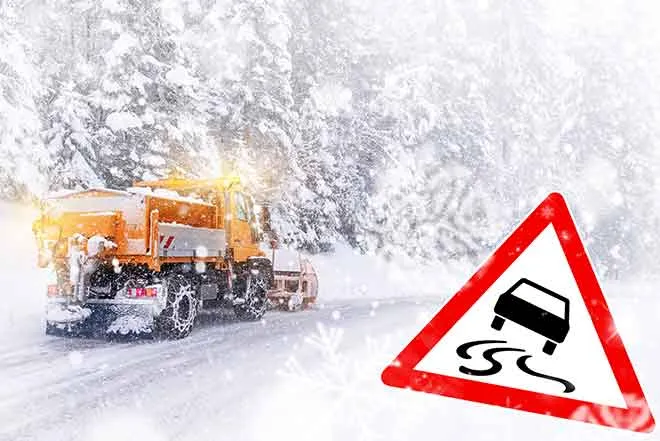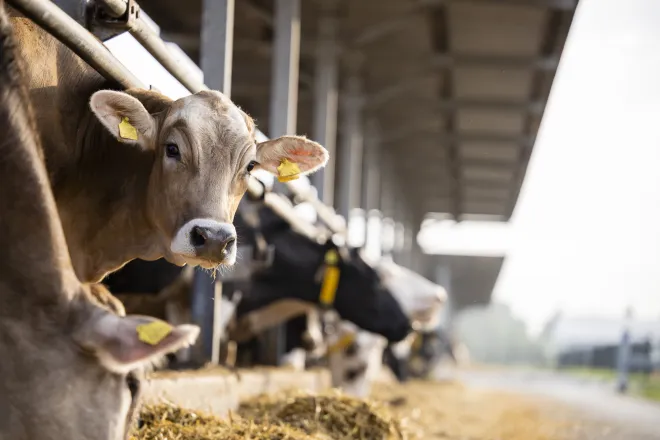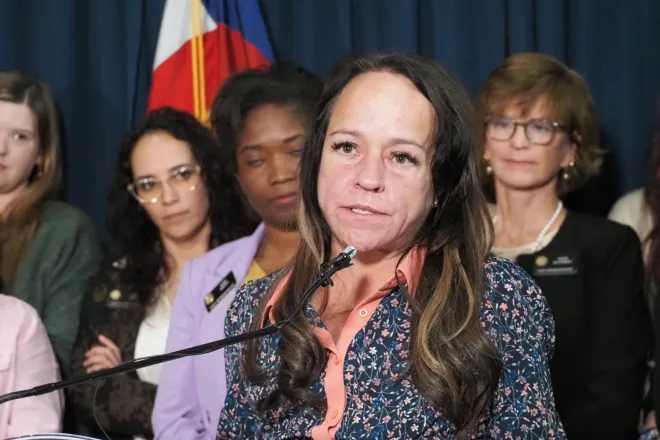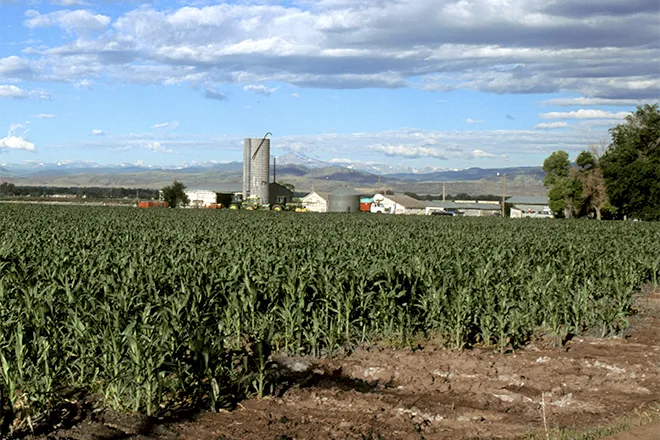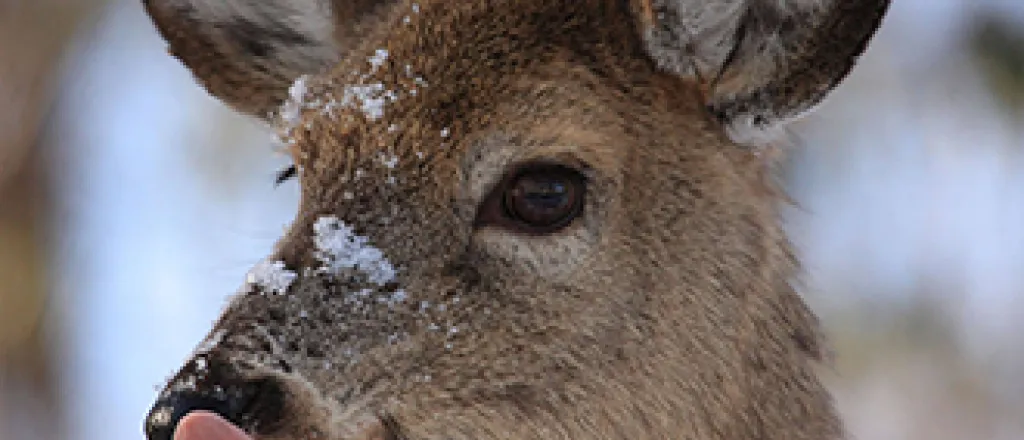
Coloradans urged to speak up about at-risk wildlife, habitats
Click play to listen to this article.
Colorado Parks and Wildlife wants to hear from all Coloradans about their updated 2025 State Wildlife Action Plan, a blueprint for preserving at-risk wildlife over the next 10 years.
Since the first plan was launched in 2005, the number of active bald eagle nests has grown from less than 50 to nearly 300.
Madison Martin, deputy director of the Colorado Wildlife Federation, said the plan has also helped peregrine falcon populations and the state's river otters.

Colorado Parks and Wildlife
"Not only is it fun to see them out in their habitat when you're hiking or enjoying other outdoor activities but they're really crucial for the water systems here in Colorado," Martin explained. "Seeing them playing means that there's a healthy ecosystem going on."
Martin cautioned the work is far from over. The plan identifies 626 "Species of Greatest Conservation Need" including Colorado's iconic bighorn sheep, native cutthroat trout and golden eagles. The plan's list includes 249 butterflies and other invertebrates, six amphibians, 19 reptiles, 35 fish, 48 mammals, 74 birds and 195 plants. More information about the plan and submitting comments is available online at EngageCPW.org.
Kacie Miller, State Wildlife Action Plan coordinator for Colorado Parks and Wildlife, said the new plan aims to maximize limited resources by bringing state agencies, partner organizations and residents across the state together to advance conservation efforts.
"We really want to have it be the place where people can learn about these species and their habitats, and also what's needed or what's threatening them," Miller outlined. "We can all be working together to leverage each other's work."
Martin pointed out the public comment period offers Coloradans a once-in-a-decade chance to speak up for the species and landscapes that matter to them. She added if there are species or habitats not in the plan but should be, scientists need to know.
"It's incredibly important for the public to take a look at this, make comments," Martin urged. "Because essentially what we're trying to do is improve the species and the habitats in your backyard."






